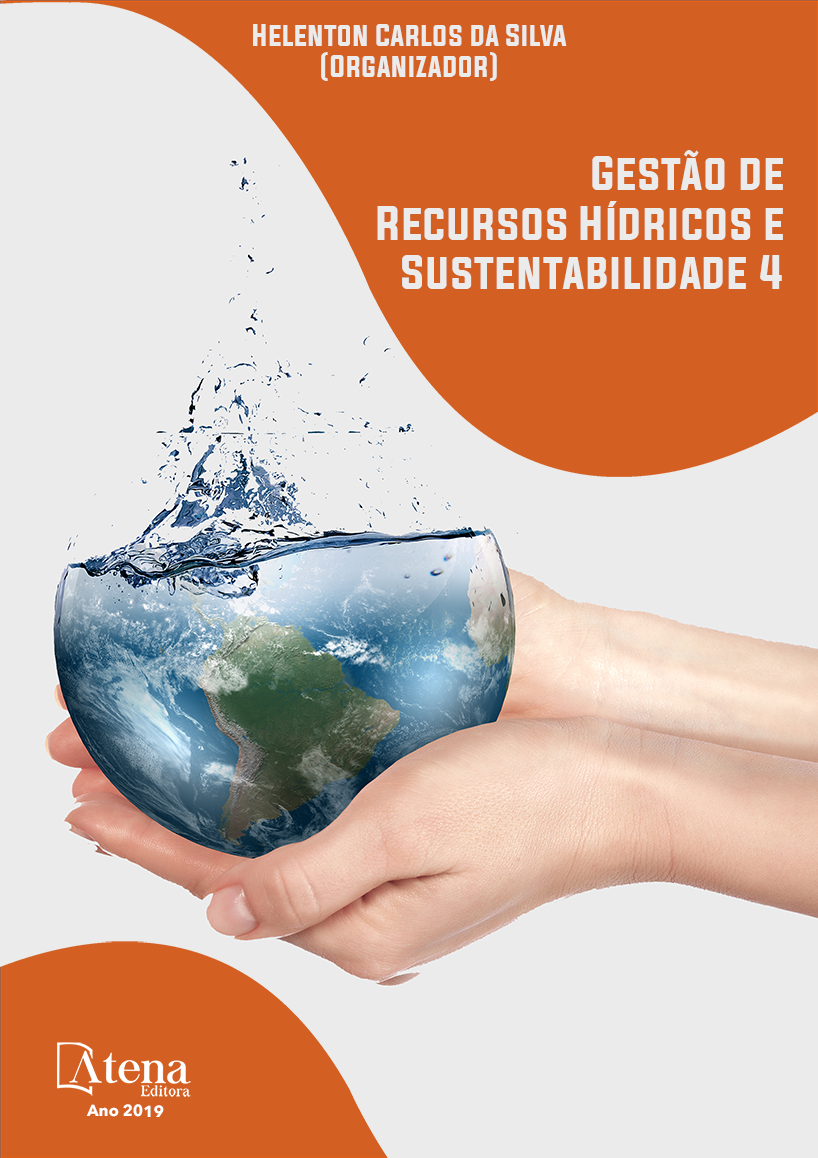
AVALIAÇÃO DA TOXICIDADE DE METAIS DE ÁGUAS CONTAMINADAS POR UM LIXÃO DESATIVADO EM CRUSTÁCEOS DA ESPÉCIE AEGLA JARAI
A contaminação do ambiente natural
ocorre tanto por processos naturais quanto
antrópicos, com as atividades induzidas pelo ser
humano tendo contribuição mais expressiva nos
dias atuais. Além do ar atmosférico e dos solos,
as águas também são largamente afetadas
pelo aporte de compostos potencialmente
poluidores, como metais tóxicos, oriundos,
principalmente, de efluentes agroindustriais
desprovidos de tratamento adequado e da
decomposição de resíduos. Tendo em vista a
magnitude crescente da contaminação de corpos
hídricos, faz-se cada vez mais necessária a
utilização de ferramentas eficientes visando um
monitoramento contínuo da situação das águas
afetadas, bem como analisar possíveis efeitos
das alterações na qualidade destas na biota
local, em espécies biomarcadoras. Levando
esta segunda finalidade em consideração,
a análise das atividades de enzimas
detoxificadoras em indivíduos de uma espécie
é de notável utilidade, uma vez que alterações
em seus níveis podem ser um dos indicadores
de poluição ambiental. O estudo visou analisar
a influência de metais tóxicos na atividade de
Catalase (CAT) e Glutationa S-transferase (GST)
por meio da realização de testes toxicológicos
em macrocrustáceos de água doce da espécie
Aegla jarai. Para tal, foram conduzidos dois
testes toxicológicos: um no inverno e outro no
verão do mesmo ano. Utilizou-se como meio de
exposição 5 amostras de água coletadas em um
riacho que atravessa a área de influência direta
do aterro controlado do município de Lages-SC,
além de uma amostra de referência, coletada
em laboratório. Quantificou-se a atividade das
enzimas em dois órgãos: brânquias e hepatopâncreas, e comparou-se os resultados
obtidos. CAT registrou maiores atividades nas brânquias. Já a enzima GST acabou por
possuir maior atividade nos hepatopâncreas dos indivíduos.
AVALIAÇÃO DA TOXICIDADE DE METAIS DE ÁGUAS CONTAMINADAS POR UM LIXÃO DESATIVADO EM CRUSTÁCEOS DA ESPÉCIE AEGLA JARAI
-
DOI: 10.22533/at.ed.68319270922
-
Palavras-chave: Atividade enzimática. Catalase. Glutationa S-transferase. Metais tóxicos.
-
Keywords: Enzymatic activity. Catalase. Glutathione S-transferase. Toxic Metals.
-
Abstract:
The contamination of natural environment occurs due to natural and
anthropic processes, with human activities having a more expressive contribution
nowadays. As well as atmospheric air and soils, waters are considerably affected by the
intake of potential pollutants such as toxic metals, originated from agro-industrial effluents
released without proper treatment and waste decomposition. Since the magnitude of
the contamination of water bodies is growing, it is becoming more necessary to use
efficient tools in order to optimize the continuous monitoring of affected waters, as well
as analyzing possible effects of water quality alterations in biomarker species from the
local biota. Regarding this second objective, the analysis of the activity of detoxifying
enzymes in individuals of a species is notably useful, since alterations in their levels
may be one of the indicators of environmental pollution. The study aimed to analyze the
influence of toxic metals in the activity of Catalase (CAT) and Glutathione S-transferase
(GST) in individuals of Aegla jarai, a freshwater crustacean species. For this, two
toxicological tests were performed: one during the winter and another in the summer
of the same year. Five samples of water, collected in a stream inside of the areas of
direct influence from the deactivated landfill of Lages-SC, as well as a control sample,
collected in the laboratory, were utilized as exposure environments. The enzymatic
activities were quantified in two organs: gills and hepatopancreas, and the obtained
results were compared afterwards. CAT registered higher levels of activity in the gills,
while GST obtained higher activity in the hepatopancreas.
-
Número de páginas: 15
- Valter Antonio Becegato


